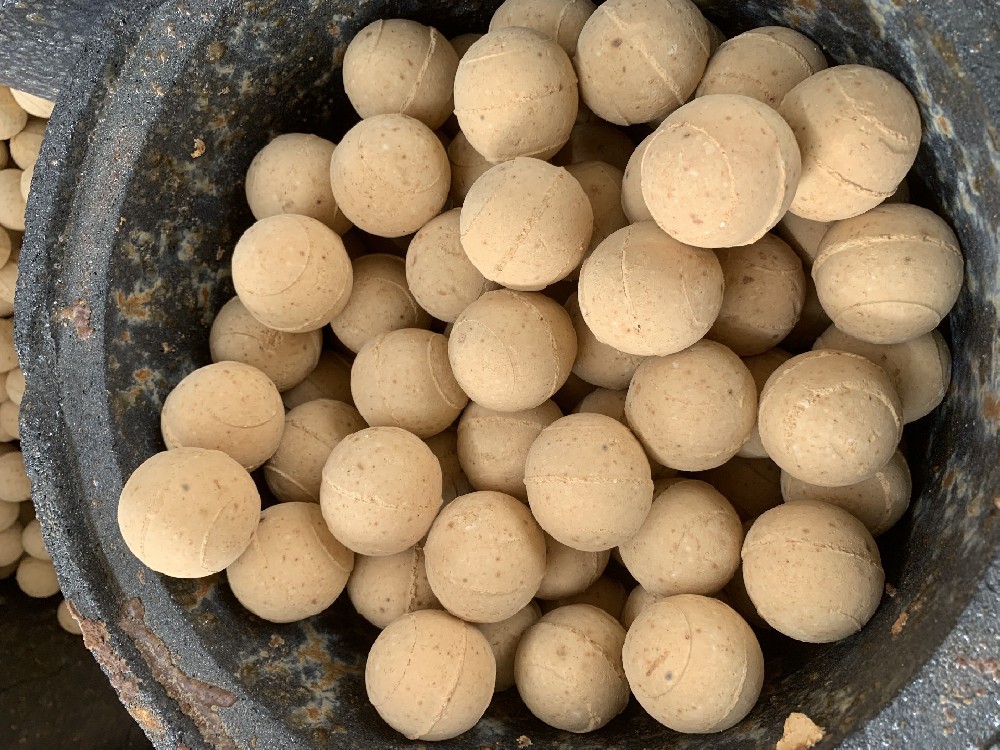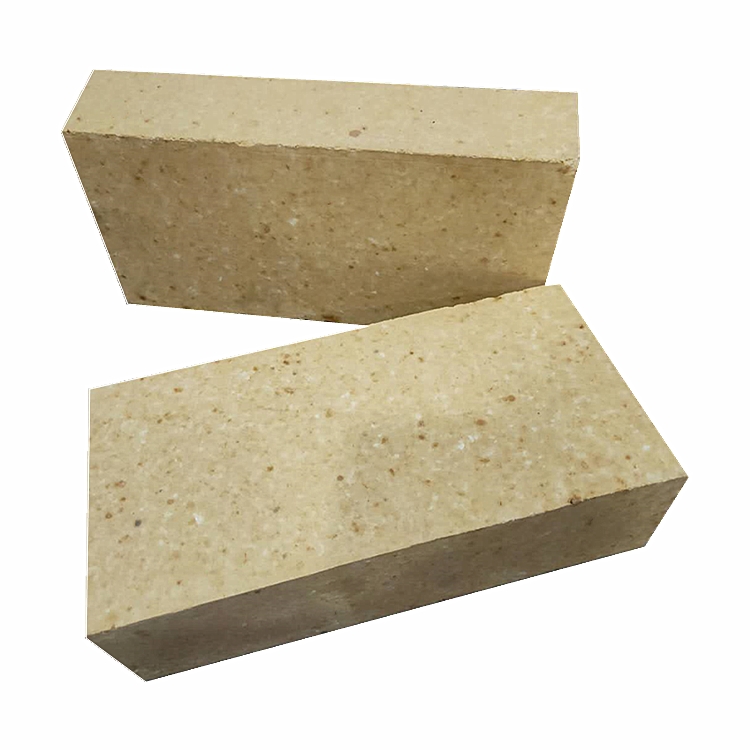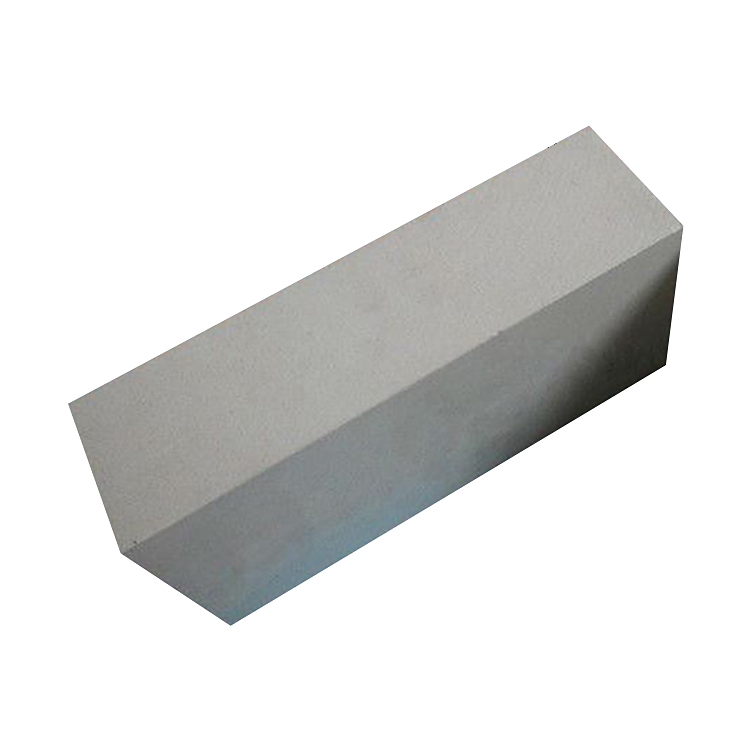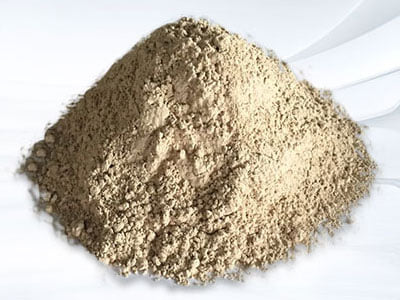Analysis of the reasons for the adhesion of alumina balls
From the sampling analysis of the parts where the adhesion occurs, the surface of the high-alumina ball is covered with a thin layer of dark gray dense matter, and this layer of dark gray dense matter is the main material for the adhesion between the balls. Cracks generally exist on the surface of the φ40mm high aluminum balls that produce adhesion, and their depths vary from 1 to 3 mm. Except for the larger through cracks caused by external forces, the distribution of cracks is very irregular, most of which are in the form of a network structure, and the shape of the ball is also different. Incomplete, it can be seen from the appearance that the refractory ball has obvious deformation. This is the result of refractory ball slagging and long-term stress caused by rapid cooling and rapid heating. Refractory ball slag is related to the composition of high alumina balls and the gas environment in which they are located. The composition of the high-alumina ball was analyzed before changing the ball, and its Al2O3 content was 68.3%. Studies have shown that the higher the content of Al2O3 in the product, the thermal stability will be significantly reduced.
The structure of the pebble bed has a great influence on the gas flow field, the distribution of the temperature field and their uniform stability in the pebble bed in the hot blast stove. The structure of the pebble bed replaced this time is 2.5 meters of φ60mm magnesium-aluminum balls + 4.5 meters of φ40mm high alumina balls. Such a pebble bed structure is unreasonable. Theoretically, it can be proved that the porosity of the pebble bed has nothing to do with the diameter of the alumina balls, but the equivalent diameter of the pores between the alumina balls decreases with the decrease of the refractory ball diameter, and the labyrinth coefficient in the hot gas flow field decreases with the decrease of the refractory ball diameter. small and increasing. When the furnace is fired, after the high-temperature gas from the upper part of the hot blast stove enters the high-aluminum ball section through the φ60mm magnesium-aluminum ball section, the resistance of the gas flow obviously increases, so the gas flow rate decreases, resulting in the heat storage of the contact section of the φ40mm and φ60mm alumina balls increase, the result is that the temperature of this segment is much higher than that of the other segments. Under the action of high temperature, the refractory ball is softened and deformed. In addition, under the combined action of the low melting point dust contained in the gas and the dust of the surrounding environment inhaled by the combustion-supporting fan, the refractory ball is slagging and sticking.
The upward inclination angle between the center line of the burner burner and the horizontal line is 25°. On the one hand, the high temperature gas entering the dome of the hot blast stove through the burner has a scouring effect on the refractory bricks of the dome, and the powder produced by the refractory bricks is eroded with the gas. Flowing to the pebble bed, accumulation occurs in the place where the resistance of the pebble bed is large, blocking the pores of the pebble bed; the flow of the hot gas is blocked and the temperature of the place rises. The pores between the two parts are further reduced, and the flow direction of the hot gas changes there, which increases the temperature of the refractory ball in the adjacent area, and accumulates heat and softens and deforms, forming a vicious circle, which eventually leads to local overall adhesion. On the other hand, the upward inclination of the burner center line and the horizontal line determines the uniformity of the high-temperature flue gas flow in the pebble bed. Because the LY Steel ball-type hot blast furnace does not use the upper airflow equalization technology, a large amount of high-temperature flue gas is generated from the burner. The gas cannot enter the pebble bed evenly from the upper part, so there is a problem of uneven air flow in the upper part. The dust brought in from the gas is easy to accumulate on the upper part of the pebble bed, which increases the resistance loss of the pebble bed and shortens the unloading and cleaning cycle.
The strength of the high-aluminum ball is not enough. Because the high-alumina ball is located in the lower part of the pebble bed, it is subject to the pressure of the upper pebble bed ball, the movement of the pebble bed, the mutual extrusion between the balls and the refractory ball in the hot blast furnace. It is deformed and broken by the action, so that the point contact between the ball and the ball gradually becomes a surface contact. The air permeability of the bed becomes poor, and the cleaning cycle is shortened. From the on-site observation and sampling analysis of 3# blast furnace 1# and 3# hot blast furnace when changing balls, the deformation and crushing of alumina balls are also one of the main reasons for shortening the cleaning cycle.
Since there is no relevant quality standard for alumina balls, what kind of standards should the thermal properties and mineral composition related to alumina balls meet the requirements? At present, the spherical hot blast stove is a focus of debate in the promotion process. The 3 ball-type hot blast furnaces of 3# blast furnace, due to the lack of inspection standards and the lack of relevant inspection equipment and means, the thermal properties of alumina balls (such as re-burning line shrinkage, thermal shock stability, creep rate, high temperature resistance pressure Strength, load softening temperature, etc.) were not inspected before ball loading, and the use of ball-type hot blast stoves in 300m3 blast furnaces is not long. Some normal temperature characteristics (such as bulk density, porosity, etc.) meet the requirements of the manufacturer's quality assurance after passing the inspection, whether these normal temperature characteristics are the best values for the use of alumina balls or meet a certain standard, and whether these characteristics are suitable for the alumina balls in the hot blast stove The thermophysical properties need to be further studied and demonstrated.
Effective monitoring of the operation of bag dust removal is required. The dust content of the gas is also another reason for the clogging of the refractory ball bed and the slagging of the refractory ball, and the dust content in the gas has a great relationship with the operation of the gas dust removal bag. Since the material of the dust removal bag and the environment in which it is used (such as gas temperature) have a great relationship with the service life of the bag, there is currently no effective leak detection method for the use of the bag. During the test, the dust content of the gas is not routinely tested. When the dust removal bag is damaged and found, a large amount of dust has flowed into the hot blast furnace, and accumulated in some parts of the pebble bed. The accumulated powder is softened under the action of high temperature, causing the alumina balls to stick together. At the same time, the alkaline oxides in the dust such as Na2O, K2O and some other oxides (such as zinc oxide, etc.) and iron oxides are related to the refractory ball surface. The surface of the refractory ball is slagized, peeled off, and cracks are generated; at the same time, the solid particles in the atmosphere are sucked from the combustion-supporting fan, which also plays the same role.
-

Thermal storage alumina balls
The Thermal storage alumina ballsis made of industrial alumina and refractory kaolin as the main raw materials through scientific formula, forming and high-temperature calcination.Thermal storage alumina ballss are divid··· -

Anti-stripping high alumina brick
Use description of Anti-stripping high alumina brick1. Anti-stripping high alumina brick has a good application in low temperature parts such as large and medium-sized cement precalciner, kiln smoke chamber, indoor decom··· -

Anti-stripping high alumina bricks
Anti-stripping high alumina bricks are made of high alumina bauxite clinker, mullite, kyanite, zircon sand, and binder after granulating and powdering processes, mixed in a certain proportion, pressed into shape, and fir··· -

silica hot repair refractory
Performance index of silica hot repair refractoryThe material is a kind of plastic unshaped refractory material, its main component is SiO2, it is made of special clinker and various binders and additives, and it is proc···

